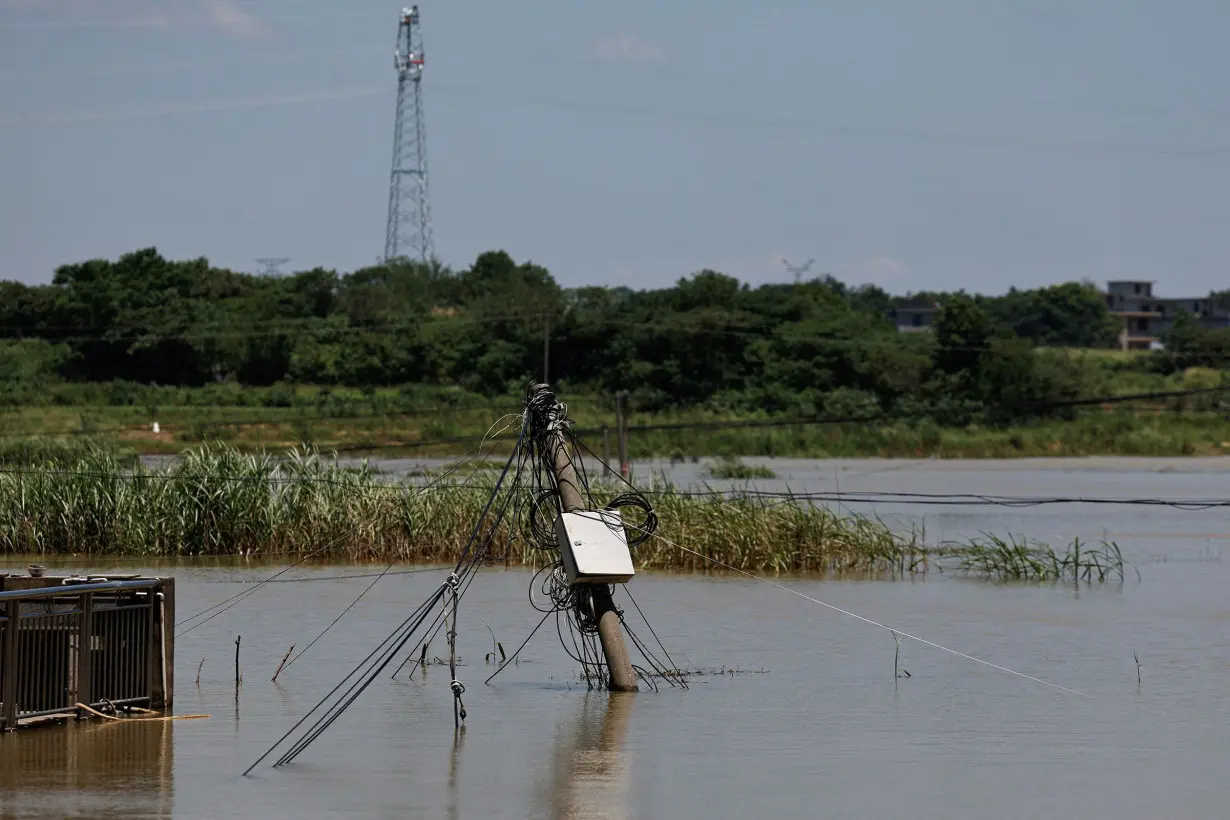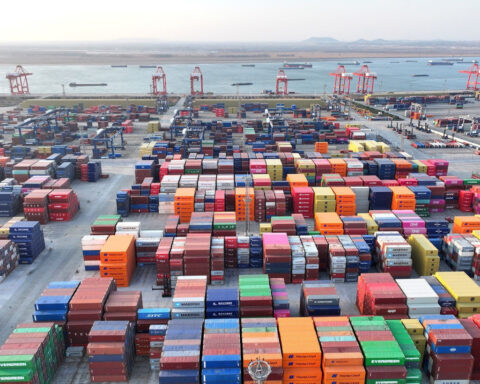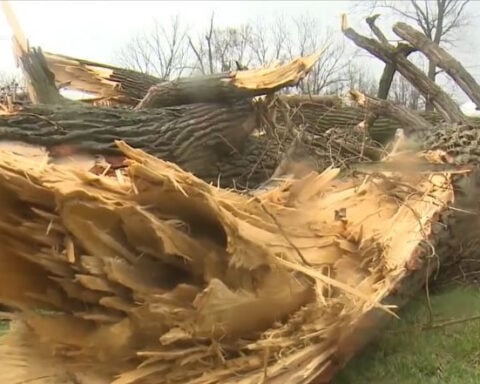Hong Kong (CNN) — As temperatures soared across parts of central China’s agricultural heartland last month, farmers struggled with day after day without rain.
In sweltering Henan province, many scrambled to irrigate parched crops during what is usually a key growing period, while authorities ordered water use to be limited and for clouds to be artificially seeded in an effort to prod rain clouds, state media reports said.
Just one month later, however, parts of the province were awash – pounded by extreme rain that inundated tens of thousands of acres of cropland and forced more than 100,000 people to evacuate their homes, according to state media.
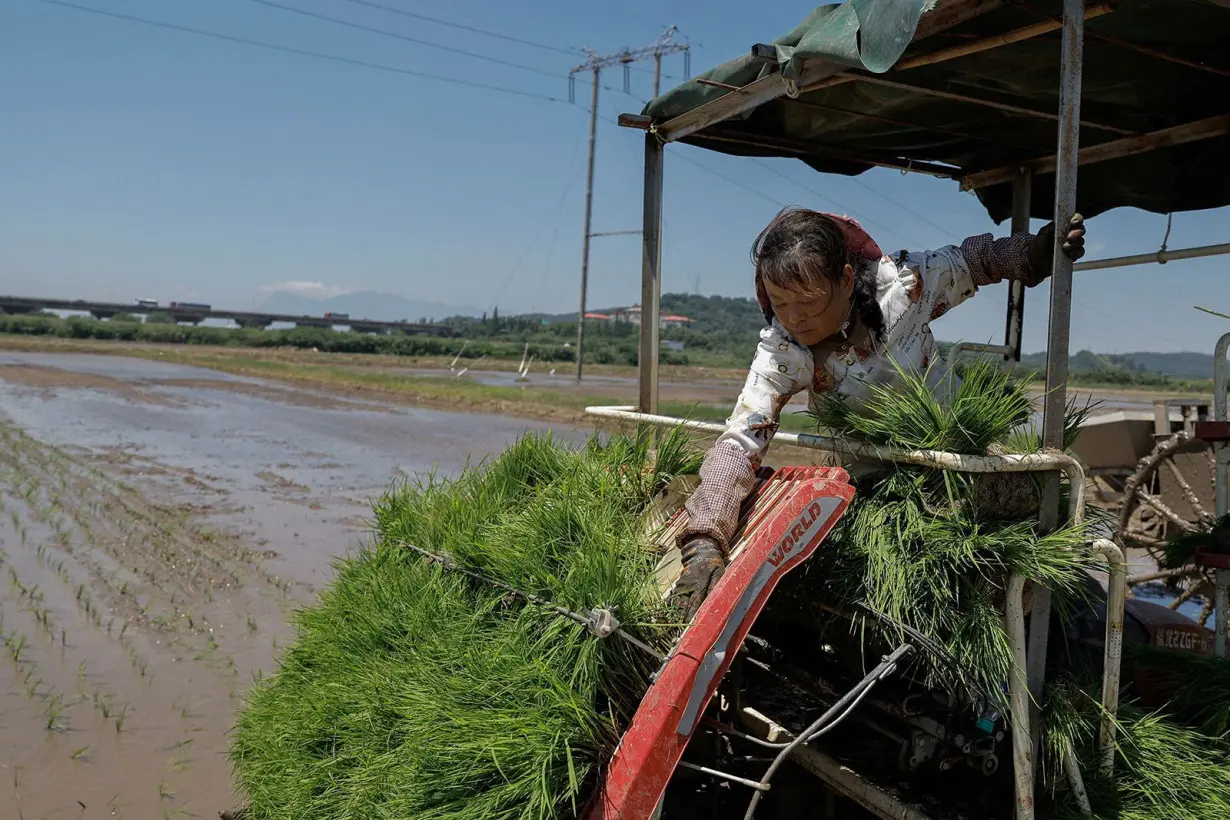
Parts of Henan’s hardest-hit Nanyang city saw more than 600 millimeters (about 24 inches) of rain in 24 hours – three-quarters of what they would normally expect in a whole year. Rescuers navigated streets on speedboats, at times wading through waist-deep floodwaters to pluck people from their homes, footage circulating online showed.
It’s a story playing out across China. In the past two weeks, tens of thousands have been evacuated across multiple provinces in the country following deadly floods and landslides, which have blocked highways, destroyed homes and caused devastating financial losses as they wiped out crops and livestock.
The lurch from dry weather to flooding also throws into sharp focus the major challenge for the Chinese government as emergency response and recovery becomes a regular occurrence – and as extreme weather is only expected to become more frequent due to human-driven climate change.
The flooding in Henan and surrounding provinces last week – and the double hit of arid heat and floods in a matter of weeks – has prolonged what has already been a devastating period of extreme weather across China that’s forecast to continue.
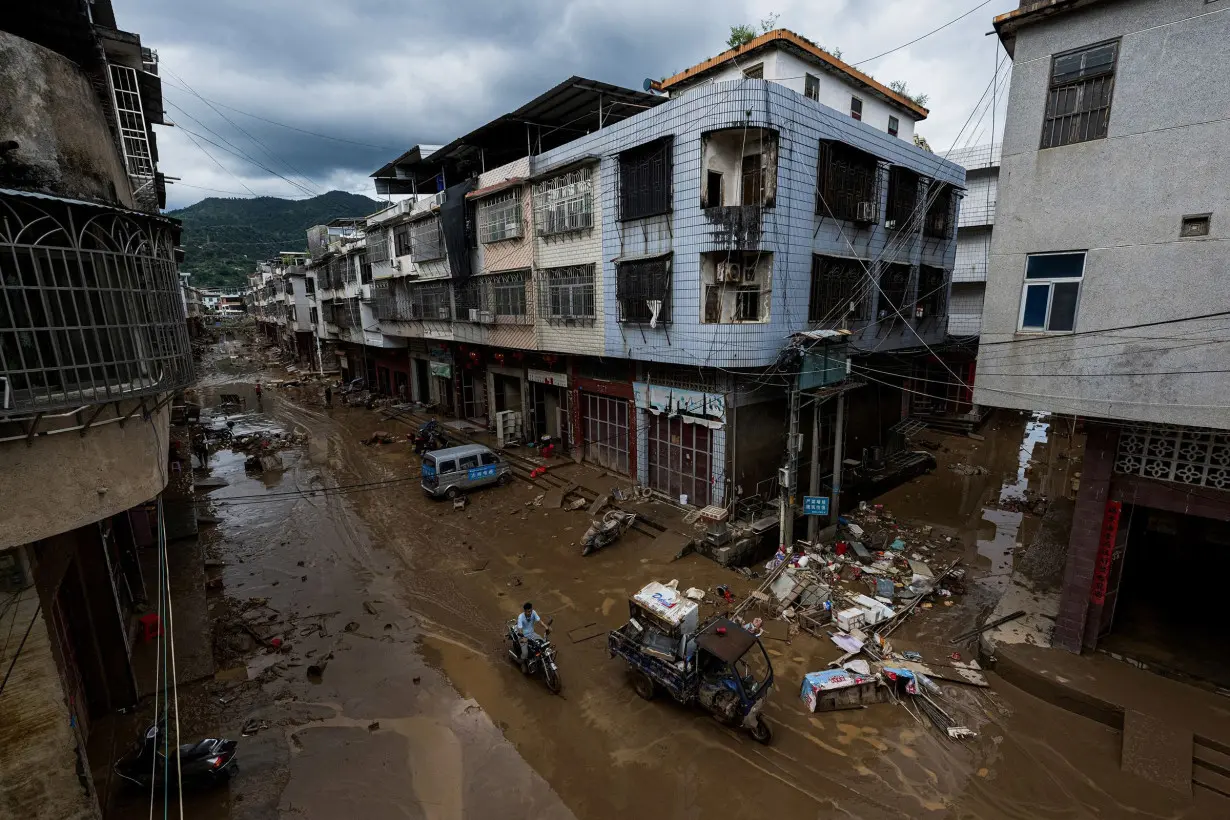
Torrential rainfall has hit southern, central and eastern parts of the country and led to major emergency response efforts in a flood season that has started some two months ahead of its typical schedule and only last week entered what’s known as its peak period.
China’s ruling Communist Party acknowledged the urgency of the situation last week, when a communique following a landmark meeting of its top members led by Chinese leader Xi Jinping pledged to “refine the measures for monitoring, preventing, and controlling natural disasters, especially floods.”
The government has in recent years grown increasingly alert to the domestic risk of climate change – including its potential impact on food security as drought and floods hit lands critical for the national grain supply.
China, the world’s largest greenhouse gas emitter, has looked to position itself as a leader in the global transition to green energy – even as it’s met challenges weaning itself off coal due to high demand for power.
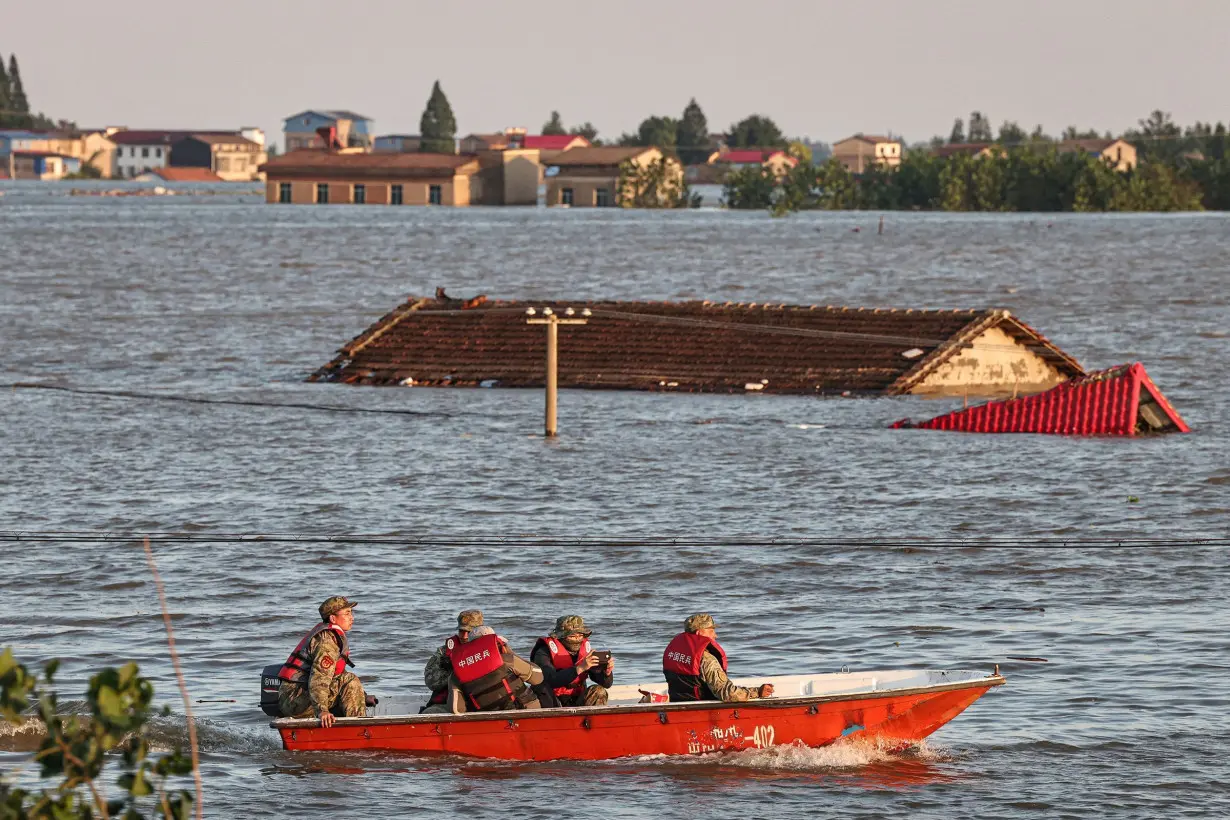
Authorities are meanwhile grappling with the latest crises amid mounting social frustration with China’s stuttering economy and the broader direction of the country – and as local governments strapped with high levels of debt are tasked with recovery efforts.
Before last week’s floods, natural disasters had already cost nearly $13 billion in direct economic losses and affected 32 million people this year, China’s Ministry of Emergency Management said on July 12.
“Last night I couldn’t sleep at all,” one farmer in Henan’s Nanyang city said as he surveyed submerged crop fields in a video posted to social media and shared by a government-linked account.
“All my hard work for a year has come to nothing.”
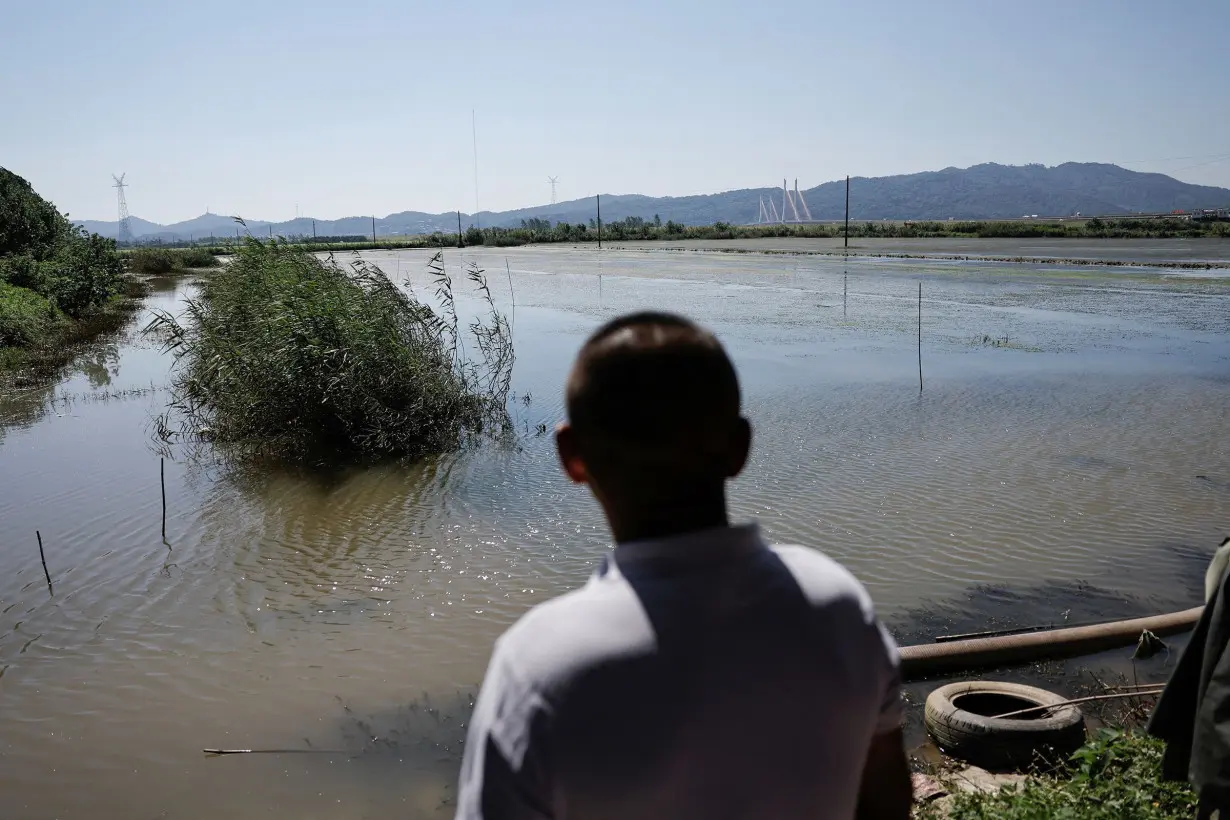
Deepening challenge
As the heavy rains moved across central China in recent days, accounts of loss and devastated livelihoods also spread across social and local media.
At least 34 people have been killed since last weekend due to flooding and landslides, including 15 who died in a bridge collapse in Shaanxi province Friday following flash floods and heavy rain. It comes after flooding and landslides late last month killed at least 71 people in southern China.
One video posted on social media showed a farmer in Sichuan province wading through chest-high waters to pick corn – clearly determined not to lose his harvest.
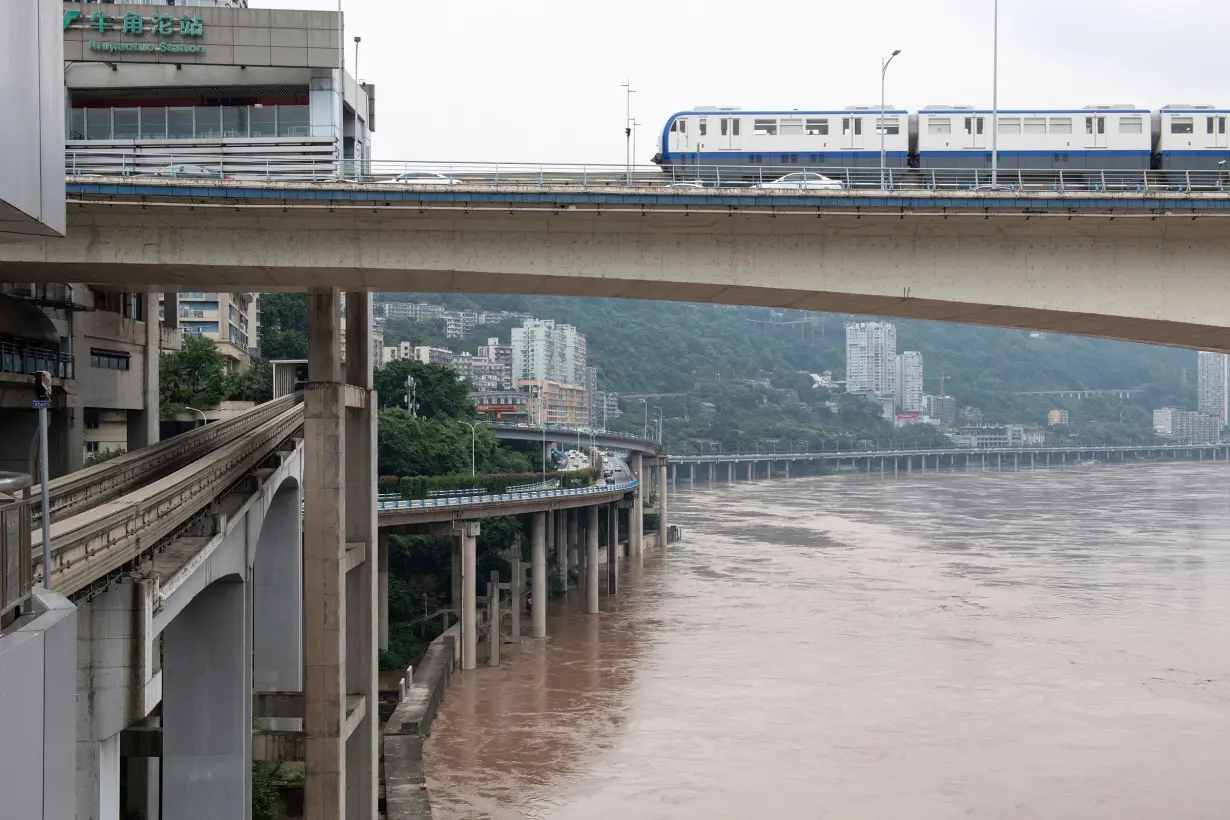
Meanwhile, a farmer in flood-hit Hunan lost more than 800 pigs – taking a hit of about $275,000 – after his barn was inundated this month, he told state-backed Agricultural Television.
Retailers and farmers have also taken to social media to sell flooded crops at a discount – for many a last-ditch attempt to salvage an income in a country where research shows insurance coverage is low compared with other major economies.
As of Sunday, 10 provinces were under emergency alerts for flooding, according to national weather authorities, with more heavy rain expected in the coming days.
A typhoon that hit China’s Hainan island Monday is expected to make landfall on the mainland as a tropical storm Tuesday, while a cyclone that could strengthen to a typhoon is expected to hit coastal China later this week, according to CNN Weather.
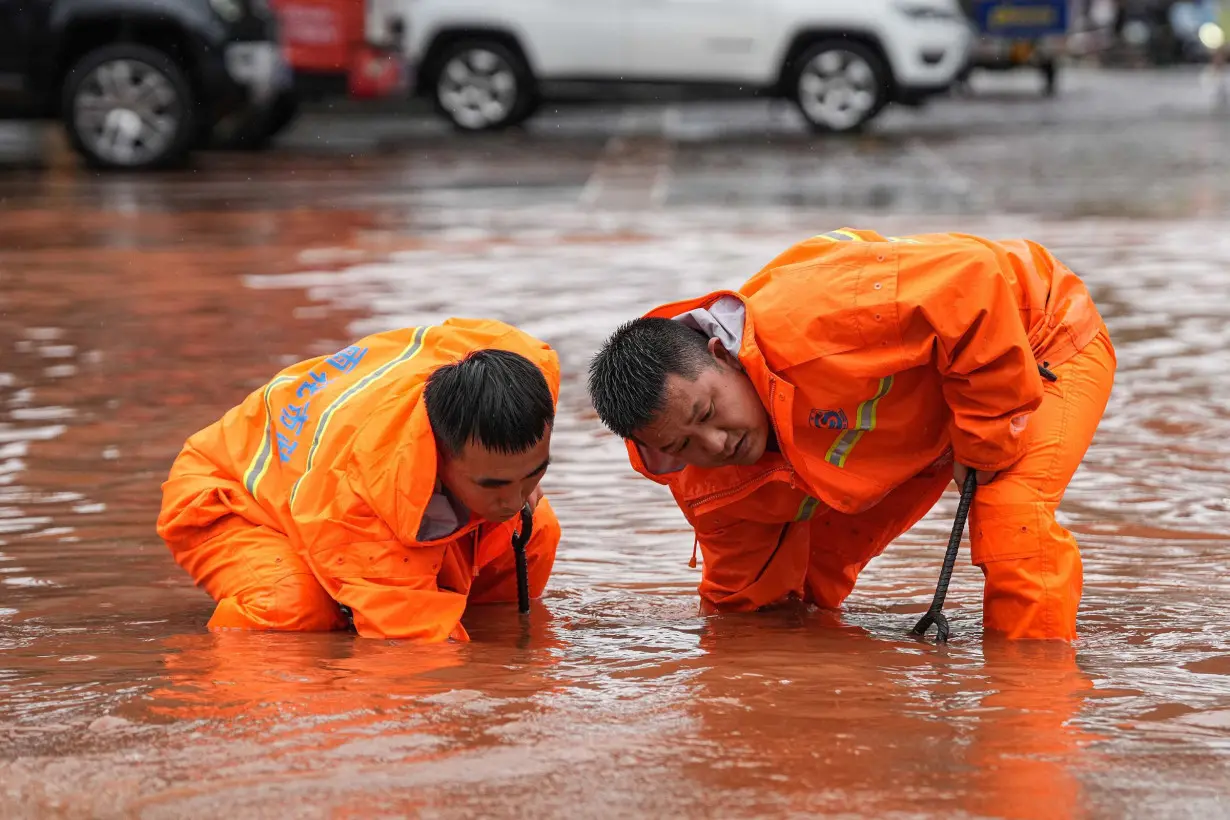
China’s government has mounted a top-down effort to revamp how the country responds to extreme weather in recent years after 2021 floods in Henan’s Zhengzhou killed more than 300 people. And climate scientists earlier this month issued a stark warning, calling the country a “hotspot where the impacts of climate change are acutely felt.”
Observers say authorities have made progress, especially when it comes to early warnings and response, weather monitoring and certain infrastructure development – but they also note more must be done in China – like many countries grappling with climate change – to prepare for the impact of more frequent extreme weather.
“While policies and strategies are being developed and implemented, the pace and scale of action often fall short of what is needed to effectively mitigate the risks and impacts of climate change,” said Hongzhang Xu, an adjunct research fellow at the Australian National University.
That need may be more acute in remote, rural or mountainous regions, often populated by vulnerable elderly populations and with fewer resources, as well as provinces not historically prone to severe flooding, like in China’s northeastern breadbasket, which endured extreme rains last year.
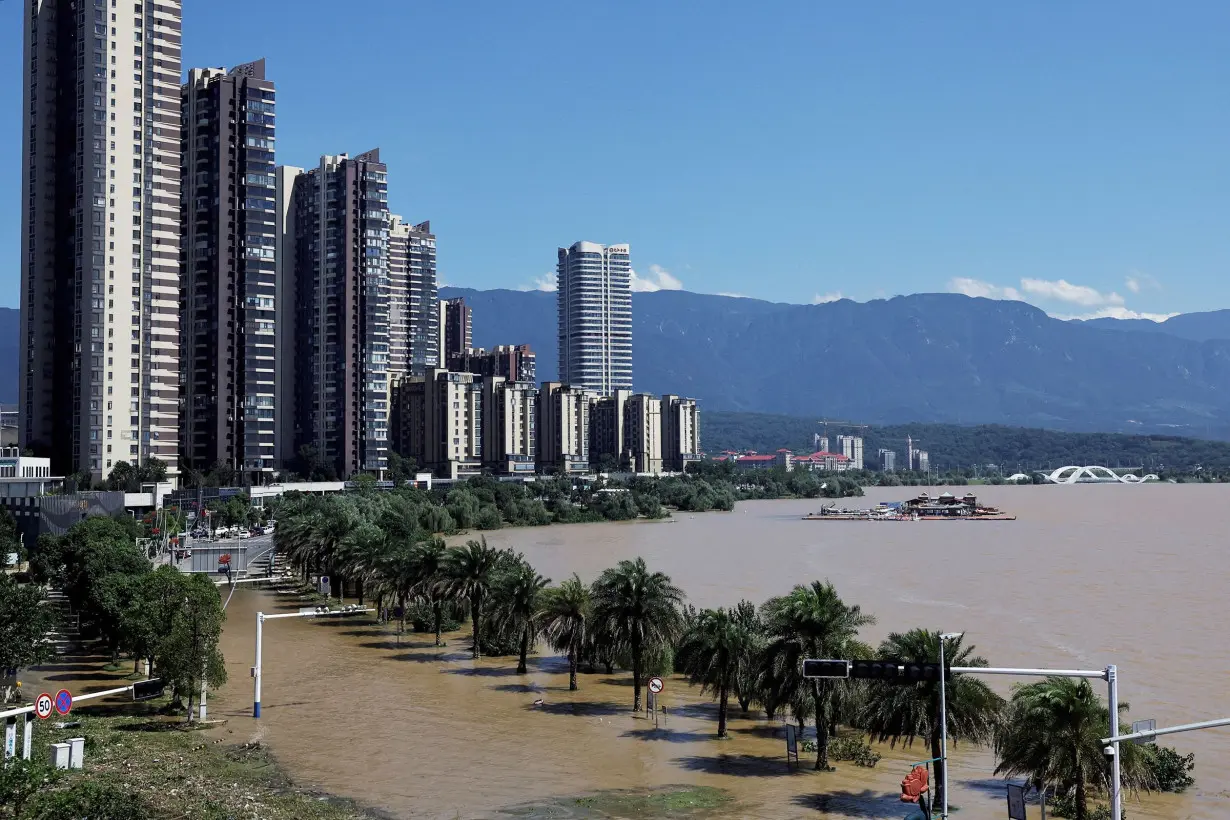
Guangtao Fu, a professor of water intelligence at the University of Exeter in the United Kingdom, said that although the government has been investing in water infrastructure to boost flood protection there was a “significant gap” in investment to maintain existing systems.
That urgency was underscored earlier this month when a dike alongside China’s second-largest freshwater lake burst after 17 days of heavy rains – flooding nearly 20 square miles of land and displacing at least 7,000 people, according to official reports.
Another challenge, experts say, is bolstering recovery from severe flooding, where damaged croplands, destroyed homes and devastated livelihoods can take months to recover.
Local governments are typically tasked with managing reconstruction efforts, while the central government plays a role in planning and financing. But there have been past issues of misappropriation of state recovery funds, for example following the deadly 2021 floods in Zhengzhou.
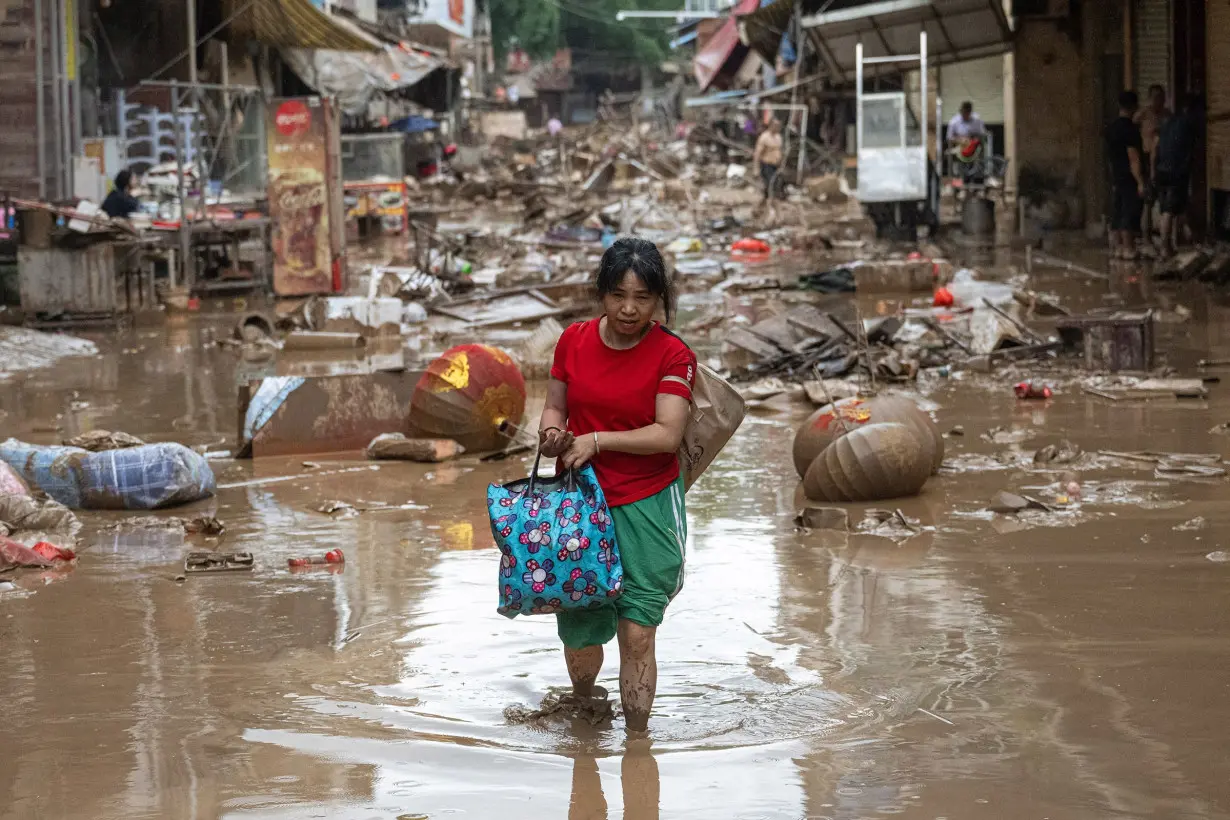
And only about 8% of an aggregate $25 billion in losses in China from flooding caused by Typhoon Doksuri last summer were covered by insurance, according to data from global insurance firm Munich Re.
“Farmlands need to be re-plowed, and fully restoring soil quality would take several months,” said Li Zhao, a senior researcher at Greenpeace East Asia in Beijing. “For the residential houses, each household should spend a lot of money to rebuild – just to recover from this kind of event is very difficult.”
Those living in flood-prone areas also face a tough choice as the risks grow, she added.
“Maybe in the future, we will see how people make the decision,” she said. “Are they moving to a safer place? Or will they go back to the villages (and rebuild)?”
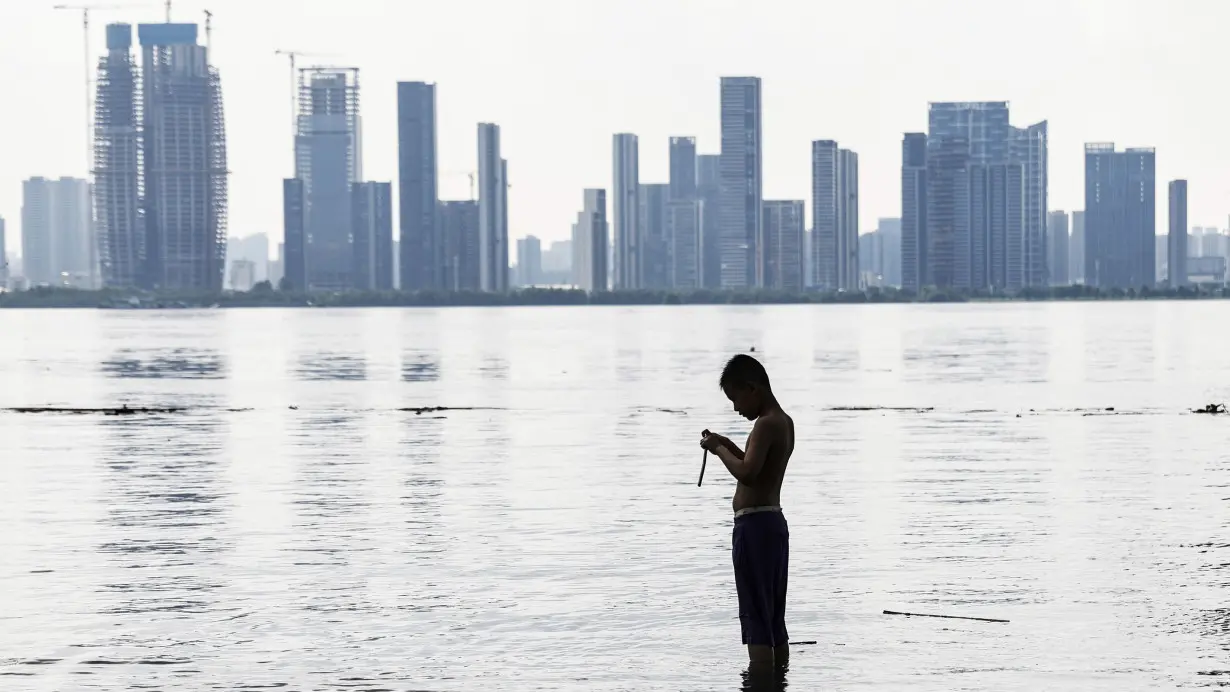
The-CNN-Wire
™ & © 2024 Cable News Network, Inc., a Warner Bros. Discovery Company. All rights reserved.

 Trump has begun another trade war. Here's a timeline of how we got here
Trump has begun another trade war. Here's a timeline of how we got here
 Canada's leader laments lost friendship with US in town that sheltered stranded Americans after 9/11
Canada's leader laments lost friendship with US in town that sheltered stranded Americans after 9/11
 Chinese EV giant BYD's fourth-quarter profit leaps 73%
Chinese EV giant BYD's fourth-quarter profit leaps 73%
 You're an American in another land? Prepare to talk about the why and how of Trump 2.0
You're an American in another land? Prepare to talk about the why and how of Trump 2.0
 Chalk talk: Star power, top teams and No. 5 seeds headline the women's March Madness Sweet 16
Chalk talk: Star power, top teams and No. 5 seeds headline the women's March Madness Sweet 16
 Purdue returns to Sweet 16 with 76-62 win over McNeese in March Madness
Purdue returns to Sweet 16 with 76-62 win over McNeese in March Madness
